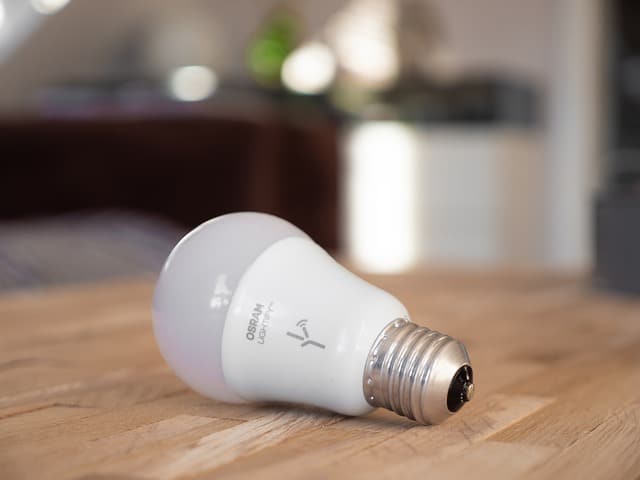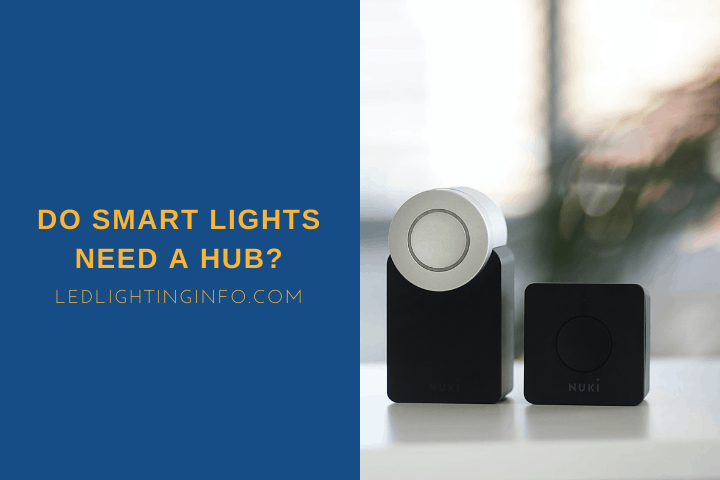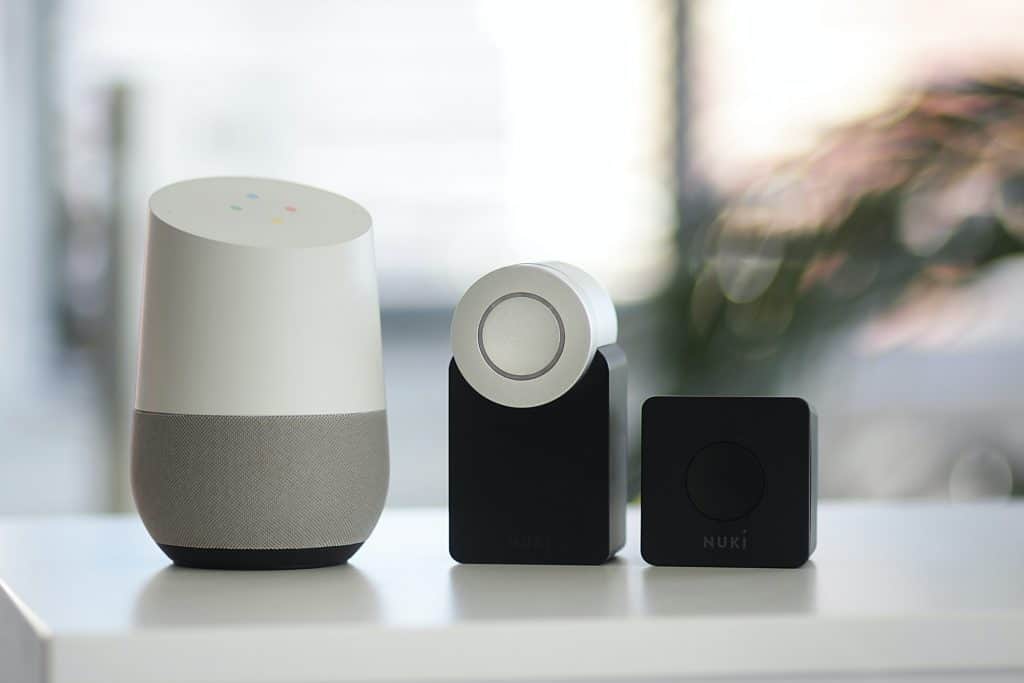Smart lights have come a long way since ‘The Clapper’ allowed the nation to control their switches through the sound of clapping.
Now utilizing sophisticated smart technology and becoming more mainstream as time progresses, our homes are quickly becoming nests of app-enabled convenience.
With smart lights being integrated into more houses than ever, do you need a hub to control them?
Smart lights, unless they state that they are compatible via Bluetooth or Wi-Fi, will require a hub to be controlled. Smart lights use radio frequencies to communicate and the hub acts as a translator for controllers. A smart hub is beneficial to large networks and can manage up to fifty bulbs at once.
What Does The Hub Do?
A smart hub is a central control point that connects the other devices, in our case, bulbs within your home.
Since voice assistants have become less of a gadget and more household necessities, adopting smart tech into our appliances is becoming more common than ever.
Smart hubs are offered by many major tech companies, including Philips and Samsung.
With the increased number of smart devices in our home’s locks, sensors, and lighting, managing your home network can become difficult without a central control point.
Having access to your smart home network in one location can be especially useful if you rely on smart technology for many devices.
Sure, you can use these hubs just for smart lights, but they can also be used for doorbells, speakers, voice assistants, etc.
Hubs utilize wireless radio frequencies (RF) to create a network that allows your smartphone to communicate with your external devices.
This means that you can have access to devices no matter the distance and situation – all you need is your smartphone.
What Is The Benefit Of Having A Hub?
Devices that are not connected through your home’s Wi-Fi or Bluetooth will require a smart hub and the brand’s associated smartphone app to be controlled.
Essentially, the smart hub will act as a translator between your mobile and the smart home device.
Your smartphone or voice assistant will send the command, your hub will receive it and relay it onto the correct device within your smart home network.
This translation is often required as some smart home devices cannot communicate wirelessly via Bluetooth or Wi-Fi.
Instead, they use different wireless communication methods, such as Zigbee or Z-Wave.
Smart home devices opt for these communication methods as they enable low-cost, low-power machine-to-machine communication.
The most apparent benefit for smart lights is the reduction in network traffic that a hub will present.
Having access to every smart light enabled room becomes the peak of convenience as the smart hub allows you to control the bulbs from any place.
This can include functionality with motion sensors for security purposes and changing bulb colours for smart LEDs – inside and outside of the home.
Using multi-coloured smart LEDs to put on a light show in the kid’s room or dimming the lamps for a romantic night can all be done through the use of a smart hub.
What Is The Difference Between Hub And Bridge?
With some manufacturers selling their own proprietary devices, the term’ smart hub’ and ‘smart bridge’ have become confusing.
There are minimal differences between products being labeled as a hub or a bridge. The terms are now being used interchangeably.
While Philips chooses to call their smart hub the ‘Philips Hue Bridge,’ we can use the two terms regardless as the same proprietary tech is used to connect devices.
That said, ensuring your smart lights are compatible with your hub/bridge is essential when working with name brands.
Philips offer their own selection of smart lights and accessories guaranteed to function with their Hue Bridge (Amazon) while specifying which bulbs are compatible via Bluetooth.
On a similar note, I found that working with a hub compared to a solely Bluetooth connection allows for other benefits including a larger range, scheduled automated lights and ‘away-from-home control’.
What Is A Maximum Number Of Bulbs That Can Be Connected To A Hub?

Another benefit of using a smart hub over a Bluetooth connection is the number of bulbs you can connect at one time.
For the Philips Hue with Bridge, they recommend a maximum number of fifty ZigBee-compatible bulbs compared to the ten available via Bluetooth.
This maximum can include a mixture of bulbs, lamps, and strips combined with several switches, dimmers, and sensors.
For users looking to control more than fifty, there is the option to utilize multiple bridges. However, you will have to switch between them on the smartphone app as you can only access one at a time.
While researching how other people have maxed out their smart homes, I found that you can safely increase this recommended maximum of fifty bulbs per hub all the way up to sixty-three.
Confirmed by a Hub Developer, the Hue Bridge can safely support sixty-three bulbs per bridge. The SmartThings ecosystem can support up to five bridges locally.
The developer also indicates that networks containing hundreds of devices are common but routines that actuate multiple devices at once can put strain on your network.
| Number of Bridges | Recommended Max. | Hard-Limit Max. |
|---|---|---|
| 1 | 50 | 63 |
| 2 | 100 | 126 |
| 3 | 150 | 189 |
| 4 | 200 | 252 |
| 5 (Max) | 250 | 315 |
When considering particularly large projects, grouping bulbs together and matching hubs to groups can make it much easier to manage.
The associated smartphone apps also allow users to rename and organize their devices in a list format, which can help manage many bulbs.
Having all of your controllable devices alongside your suite of lighting options make the purchase of a smart hub a simple choice for populated intelligent home networks.
Also read: Why Are Smart Bulbs Disconnecting?
Final Words
So, while convenience is at the heart of smart technology, a significant share of smart bulbs will require an external hub and a smartphone app to be controlled.
On the other hand, automating your smart home is an investment that can prove the benefit of convenience instantly.
How much of your home is covered in smart lights? Do you find the setup to be worth the outcome?
Let’s talk about it. Leave a comment for me below.



